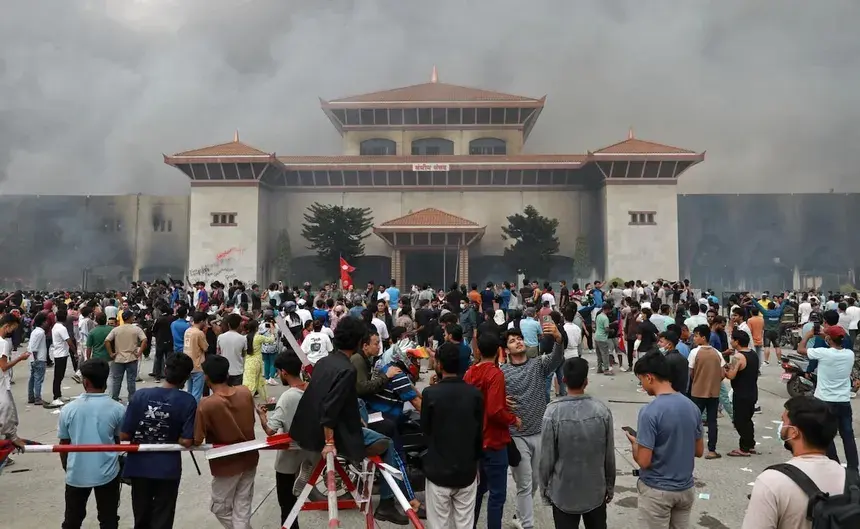
Nepal is witnessing one of its biggest youth-led uprisings in decades. The country’s Gen Z generation has taken to the streets, fueled by frustration over corruption, government censorship, and lack of opportunities. What began as online complaints has now grown into nationwide protests, with young voices demanding accountability and reform.
🔥 What Sparked the Movement
The trigger came when the government introduced new restrictions on social media platforms, arguing they were harmful to society. For Nepal’s young people — who rely on these platforms for expression, connection, and even livelihood — the move felt like an attack on their freedom.
But the protests are about more than social media. They are rooted in years of dissatisfaction with:
Corruption and nepotism in politics.
Unemployment and a struggling economy.
Lack of transparency in government decision-making.
🏙️ How the Protests Look on the Ground
Thousands of young people have filled the streets in Kathmandu and other major cities, chanting, marching, and holding signs. Some demonstrations have been peaceful, but others have turned tense, with clashes between protesters and police.
Government buildings have been targeted by demonstrators, and several high-level resignations have followed as leaders scramble to respond. The scale of the protests shows just how deeply this generation wants change.
🌍 Why It Matters Beyond Nepal
Nepal’s Gen Z movement mirrors youth-led protests happening in other parts of the world, from climate strikes to demands for political reform. This global generation is more connected, more outspoken, and less willing to accept old systems that don’t work for them.
For Nepal, the protests raise big questions:
Can the political system adapt to include younger voices?
Will leaders take action on corruption and unemployment?
Or will frustration push even more young people to leave the country in search of better opportunities?
🏠 What It Means for Nepal’s People
For ordinary Nepalis, especially the younger population, the protests are both risky and hopeful. Risky because speaking out against authorities can bring backlash, but hopeful because for the first time in years, young people feel their collective power.
Many protesters say this is about shaping the future of their country — not just for themselves but for the next generation too.
🔭 What’s Next
The government faces pressure to:
Reconsider its stance on social media bans.
Address corruption with real reforms, not just promises.
Create economic opportunities for young people at home.
Whether these demands are met remains uncertain. But one thing is clear: Nepal’s Gen Z has found its voice, and it’s not backing down.

Leave a comment
Your email address will not be published. Required fields are marked *